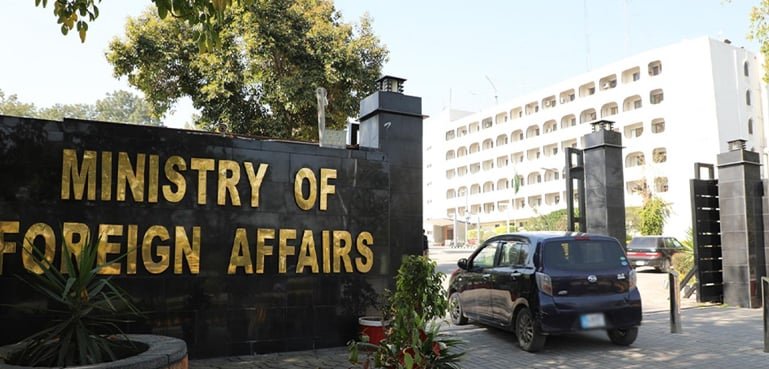
New Zealand has officially closed the chapter on the Long Term Skill Shortage List (LTSSL) Work Visa. Once considered a reliable pathway to residency for skilled workers, the visa has been replaced by the Accredited Employer Work Visa (AEWV), which came into effect on July 4, 2022. While new applications under the LTSSL scheme are no longer accepted, those who held this visa before its retirement still have one final opportunity to transition to residency.
The LTSSL Work Visa was designed for individuals whose occupations were listed as being in long-term shortage in New Zealand. It allowed visa holders to work and, eventually, apply for permanent residency. However, the program was officially retired on October 31, 2021, making way for the AEWV.
Under the AEWV, applicants must now have a job offer from an accredited employer, meet or exceed the national median wage, and possess skills that align with roles on the Green List or in designated shortage areas. The process is streamlined, but the requirements are more stringent than before.
For those who held an LTSSL Work Visa prior to its retirement, there’s still a viable path to residency through the LTSSL Resident Visa. To qualify in 2025, applicants must meet several conditions. They must have held the LTSSL Work Visa for at least 24 months and currently be employed full-time in a role that was either on the LTSSL at the time the visa was granted or remains on it now. They must earn at least NZD $45,000 annually, be under 55 years old, and meet New Zealand’s standard health and character requirements.
Additionally, applicants must be physically present in New Zealand when submitting their residency application and, if applicable, provide proof of occupational registration for roles that require it. For eligible LTSSL visa holders, this remaining pathway offers a final opportunity to secure permanent residency despite the changes in immigration policy.


















